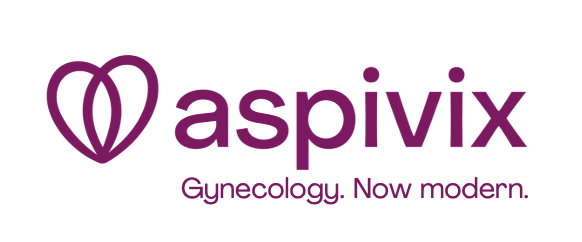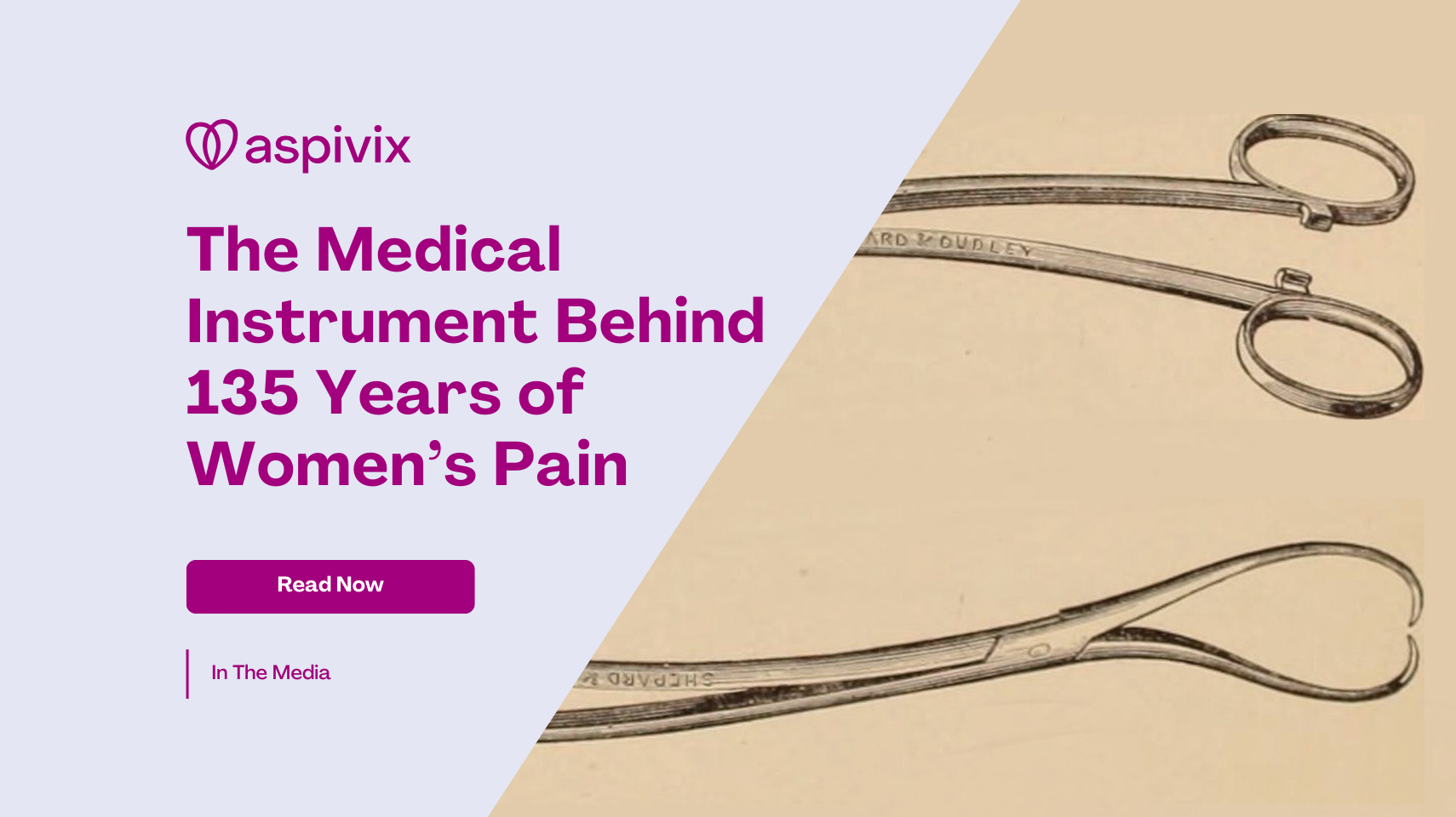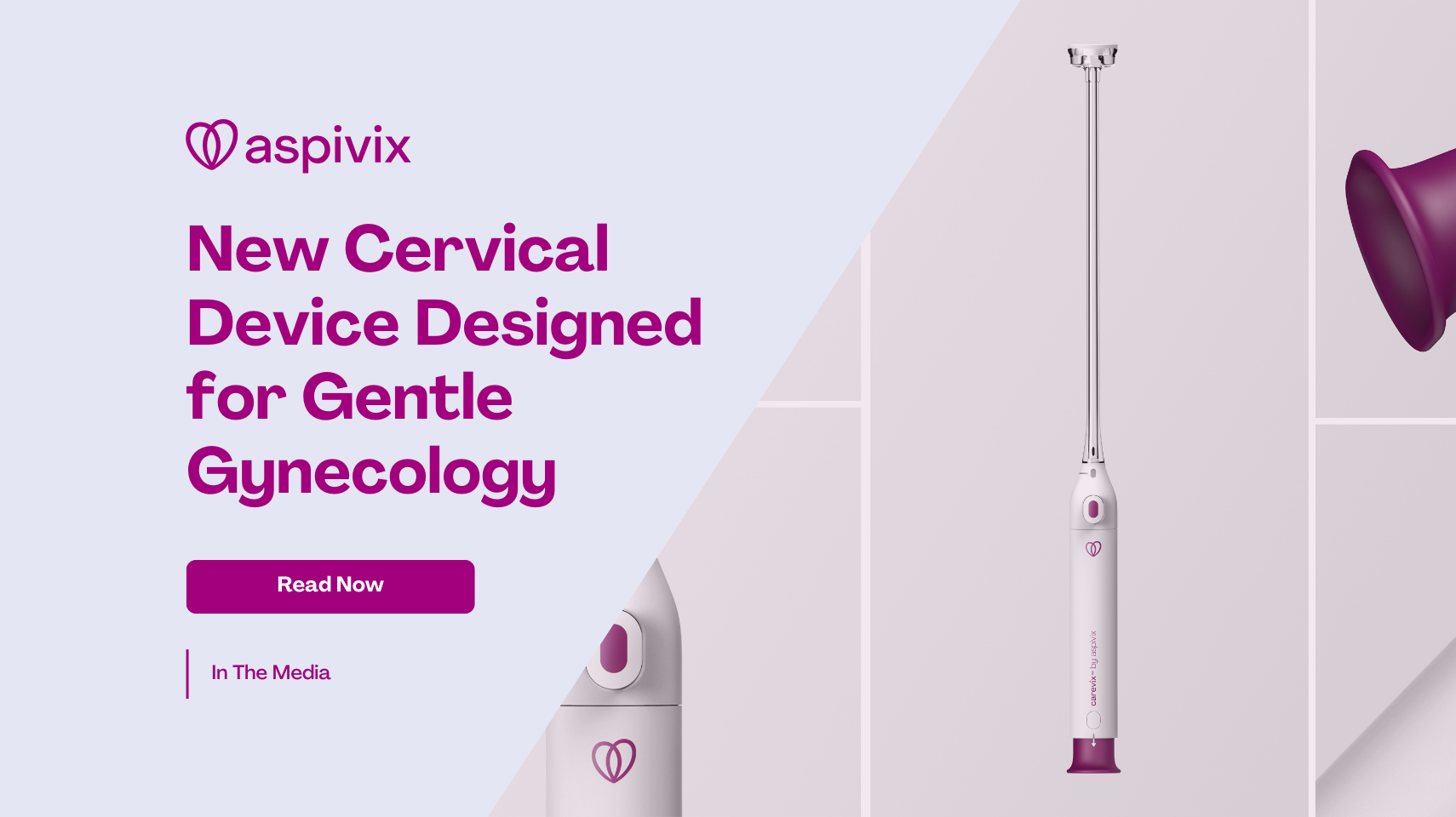
Is IUD an Appropriate Contraceptive Method for Teen Girls?
The latest research suggested IUD as an appropriate contraceptive method for teen girls as well as for women after giving birth.
At least 10 million of unintended pregnancies occur each year among teens in developing countries alone.
Despite the availability of effective birth control methods like an intrauterine device (IUD), unplanned adolescent pregnancy remains a major challenge in both developed and developing countries.
Early and unintended pregnancies among teen girls – aged 15-19 years – are associated with several adverse health, educational, social and economic outcomes. Globally, pregnancy and childbirth complications are the leading cause of death among this young group.
Yes, IUDs are a safe and appropriate contraceptive method for teen girls!
A major issue is that adolescents and young women use contraception inconsistently, making them a high-risk group according to several studies.
To prevent teen’s pregnancies and decrease poor outcomes, medical societies around the globe as well as the World Health Organization issued guidelines not only supporting access for adolescents to all contraceptive methods but also endorsing the use of Intrauterine device and implants as contraceptive options for teen girls.
Their endorsement is based on the safety and efficacy of this method at preventing pregnancy simply because there’s no possibility of forgetting it.
Plus, IUDs are low maintenance and last a long time. Despite the benefits of this contraceptive method, condoms and contraceptive pills are still the most common contraceptive methods used by teen girls.
Why Teen Girls Aren’t Using IUDs?
Some barriers for teens who might consider Intrauterine Device are:
- Lack of knowledge about this particular contraceptive method.
- Some mistakenly think they cannot use it because of their age.
- Some mistakenly consider the IUD costs to be higher than pills or condoms.
- Pain or fear of pain of IUD insertion.
- The stigma associated with non-marital sex also prevents adolescents from seeking IUDs.
Clinicians also report barriers to providing IUDs to teens, including:
- Lack of awareness about the safety and appropriateness of Intrauterine Devices for teens.
- Lack of training since many paediatricians were never trained on how to insert them.
To address the knowledge gap, the American Academy of Pediatrics (AAP) urges paediatricians to recommend and talk about Intrauterine Devices and Implants methods first.
The AAP also stresses the importance to dedicate time to educate teens about a range of topics around IUDs:
- What to expect during the insertion procedure.
- Potential side effects.
- Post-insertion care.
- Review the uterus anatomy.
- Considerations regarding hormonal vs. non-hormonal alternatives.
- Options for pain relief.
Finally, during the procedure, as much as possible, a slow and gentle IUD insertion technique should be explored.
Sources:
- Pregnancy and early motherhood among adolescents in five East African countries
- Adolescent Pregnancy
- Kirchengast, S. (2016, October 26). Teenage Pregnancies: A Worldwide Social and Medical Problem
- Few teens use the most effective types of birth control
- Hamilton, J., Santelli, J., Abma, M., K. Perper, K., J, et al. Contraception for Adolescents
- Hillard, P. (2013, April 1). Practical Tips for Intrauterine Devices Use in Adolescents. Journal of Adolescent Health
- Parenthood, P. (n.d.). What is the Effectiveness of the IUD?
Share this story:










